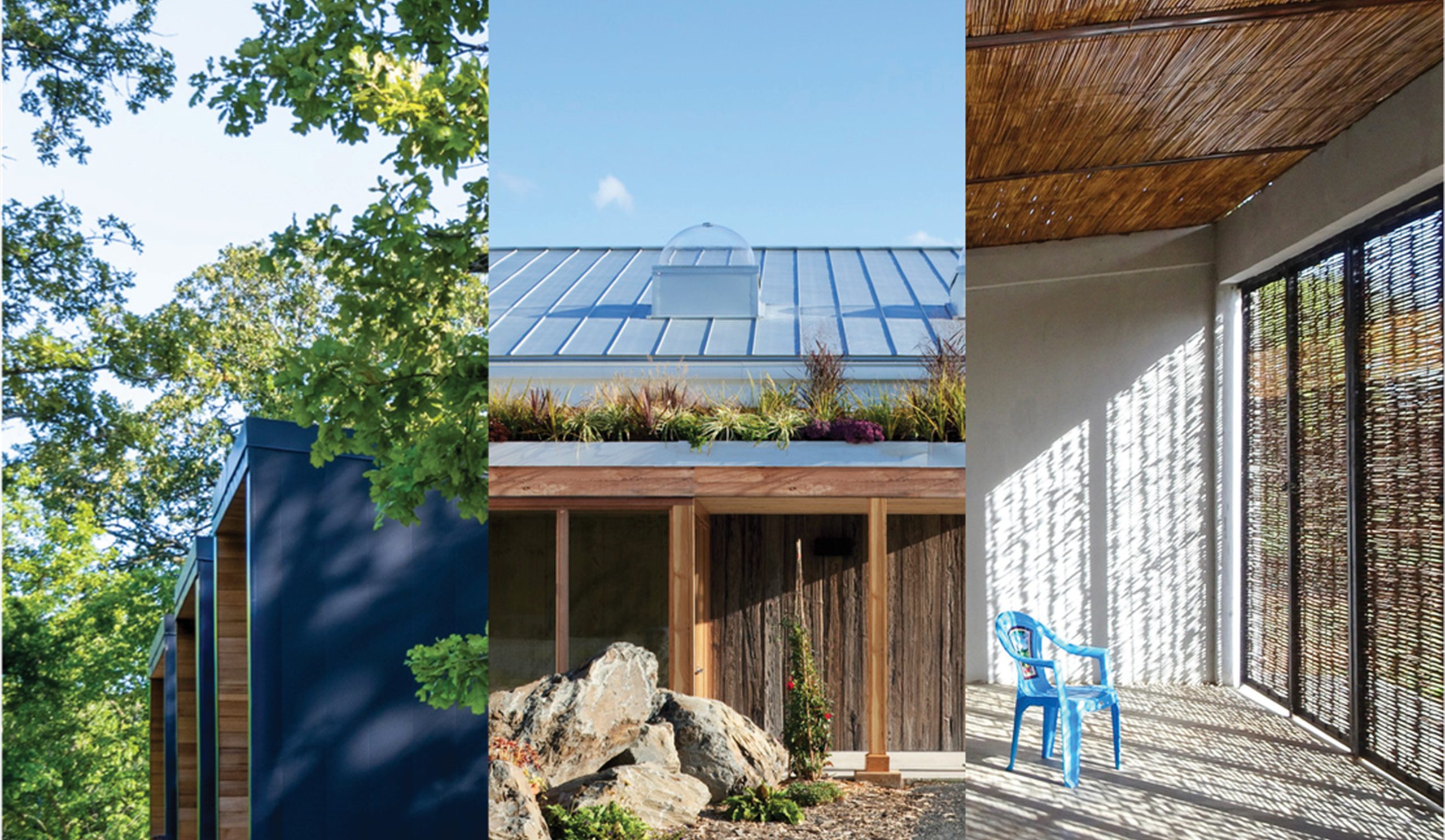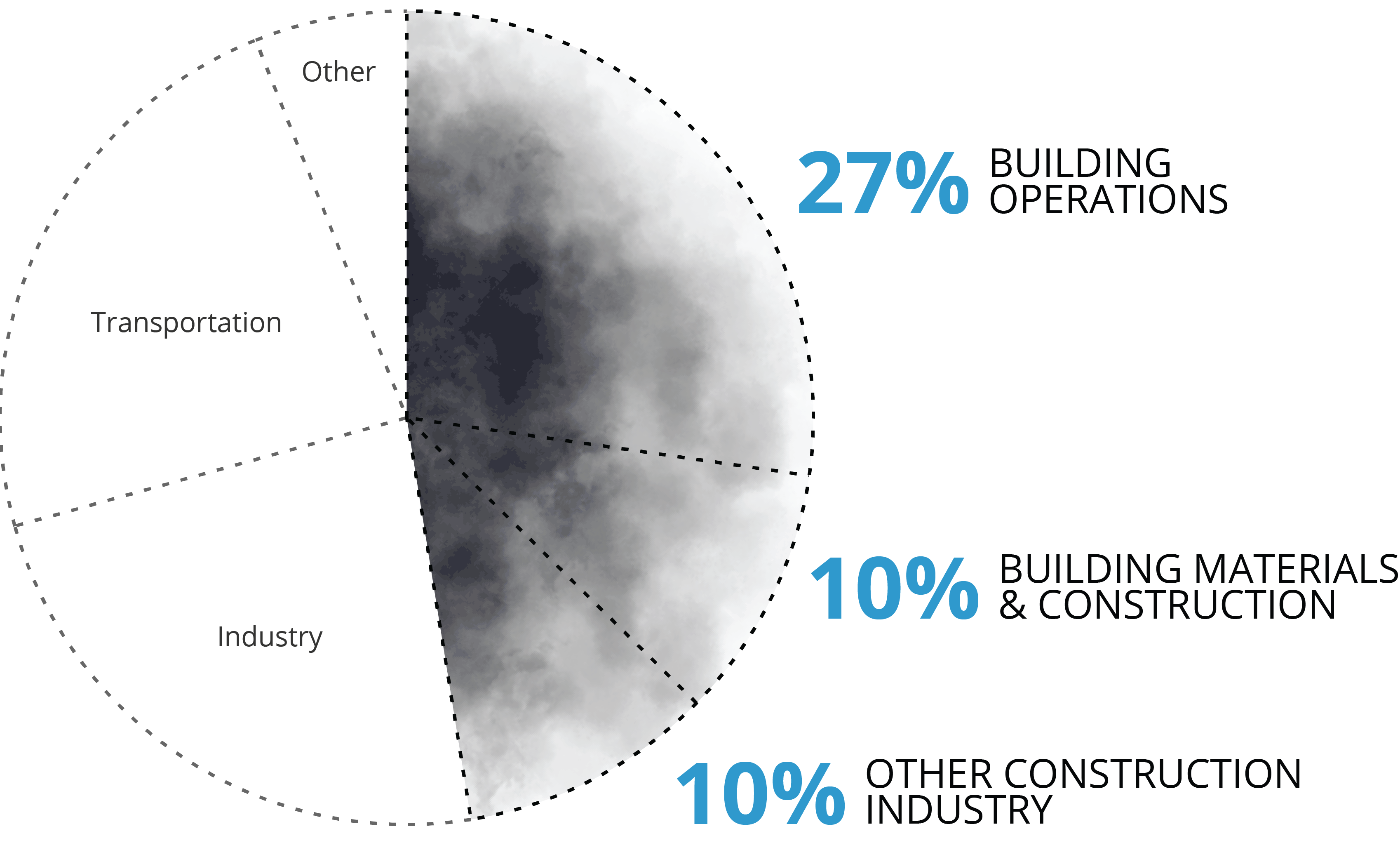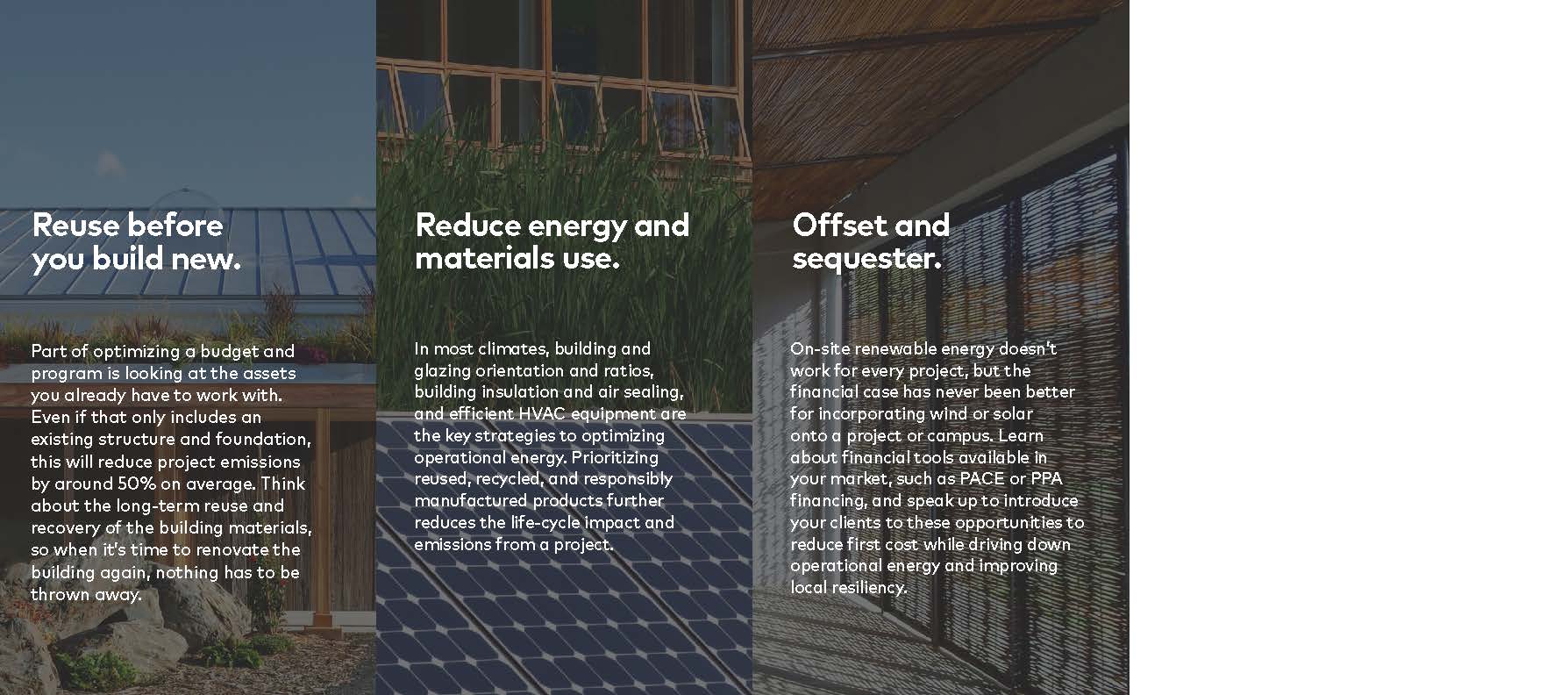Spotlight

One Future – Post WV v. EPA
“Success has been defined as the ability to go from failure to failure without losing enthusiasm” – anonymous
Among a flurry of fundamentally course-changing Supreme Court opinions issued in the past two weeks is West Virginia v. EPA, issued on June 30th, which curtails the EPA’s ability to establish carbon emissions limits for power production in the US; a generous gift to the coal and fossil fuel industries that sponsored the lawsuit resulting in this decision. This short-sighted ruling damages the clear and uniform federal regulations that have driven much of the positive change to reduce both greenhouse gas emissions and toxic low-atmosphere pollution through transitioning our power and utility grids across the nation to renewable sources.
Following this Supreme Court decision, the end has never felt more nigh, but it’s not the time to give up.
There are still bottom-up actions available to every last one of us; daily decisions ranging from what vehicles we drive, to what we do and where we work, and who we vote for and which policies we advocate for locally. As Bob Berkebile says, it is important now to focus on increasing our hand prints – designing and creating new transformative environments and systems – rather than decreasing our footprints – doing “less bad” for the environment.
According to Architecture 2030, The global built environment (buildings of all types, roads and bridges, other built infrastructure) accounts for 50% of annual global C02 emissions. Of this statistic, 27% is in the operation and maintenance of existing buildings and 23% is in the manufacturing and installation of just three types of building materials (Concrete 11%, Steel 10%, Aluminum 2%). In a recent article for ARCHITECT Magazine, Bob Berkebile points out the proper response to the UN’s IPCC Emissions Gap Report 2021, “the next three years (or what was 10 years until Antarctica became 70 degrees hotter than it should be) are the most critical in human history. During this time, we must focus on adaptively reusing our current buildings, avoid building new structures, and sequestering carbon aggressively if we want the human family live successfully on Spaceship Earth.”

Annual Global CO2 Emissions
ARCHITECTURE 2030. ALL RIGHTS RESERVED. DATA SOURCES: GLOBAL ABC GLOBAL STATUS REPORT 2021 EIA
This challenge is an opportunity for architects, engineers, material manufacturers, and builders everywhere to show real leadership and make deep emissions impacts in the work that we do every day. The decision-making power and collective actions possible between our companies, professional organizations, and individual efforts to reduce emissions on our projects outweighs any other single industry on the planet. Before this detrimental SCOTUS ruling becomes the status quo, today is the time to begin taking action through design. Here are a few ways people in this industry can build momentum:
1. Commit to measurement.
You can’t manage what you don’t measure. The 2030 Challenge (operational carbon), MEP 2040 Challenge (embodied carbon), and SE 2050 Challenge (structural/civil total carbon) provide clear industry targets for architects and engineers everywhere. Sign the commitments appropriate to your industry and begin measuring every project – stick with it.
2. Learn and share both success and failure.
Find your teachers, mentors, and colleagues through local AIA, USGBC, EWB, or other groups focused on the climate impacts of buildings. Attend and speak up at education events, join a committee, and share both your successes and failures with transparency. Help bolster the impact of these organizations by joining advocacy efforts with local and regional/state government whenever possible.
3. Systematically improve your work.
Reducing carbon emissions in buildings is not hard, but it runs counter to the economic momentum driving “business as usual” and requires systems-thinking and active coordination. There are a wide range of solutions to optimize the operational and embodied emissions associated with a building project, but there are a few fundamental approaches that can get you started:

In 2021, BNIM issued a statement commending the U.S. rejoining the Paris Agreement, reflecting on a positive result of the disastrous decision to walk away from the Agreement in 2017, “city, state, business, and civic leaders across the U.S. and world began work with the We Are Still In commitment and implementing the Agreement at a local scale. If our government’s hiatus of leadership and commitment from this Agreement has taught us anything, it is that we cannot wait for the right policy, politician, party, or vote to make the change that needs to happen.”
In Kansas City, Climate Action KC is partnered with the Global Covenant of Mayors and the EU’s International Urban and Regional Cooperation (IURC), part of a growing cohort of dozens of regions representing thousands of municipalities and over 600 million people across the U.S. and E.U. who are working as a network to reduce carbon emissions through developing and adopting local policies, planning, and actions rather than waiting for top-down programs that are likely to be too little too late.
GLOBAL COVENANT OF MAYORS FOR CLIMATE & ENERGY MAP 2008-2019
While the Supreme Court’s decision on West Virginia v EPA is a big step backwards, if you are reading this, we can still change the outcome of this story.


